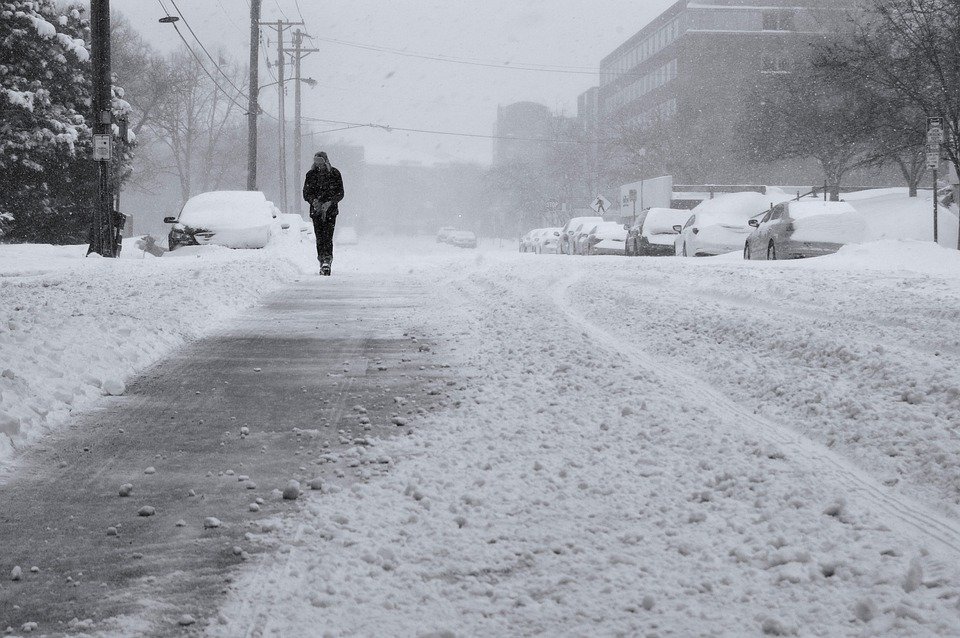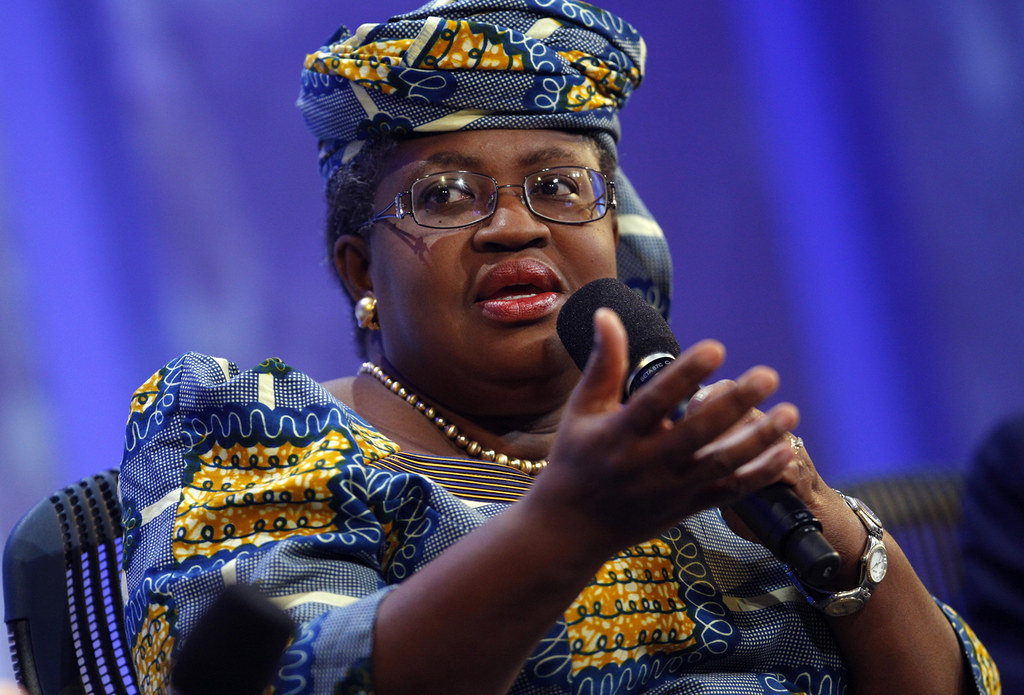A gust of cold air swept across the great plains of the U.S. on Feb. 14, 2021. An extreme weather abnormality had impacted up to 25 states with more than 3.3 million residents in eight of those states waking up to freezing temperatures and a loss of power the following morning. After experiencing record-setting low temperatures, Texas suffered the overwhelming majority of power outages that left Texans in the dark, doing all they can to keep warm. With plans to reform the current U.S. energy system to come before Congress in the near future, the Deep Freeze can prove to be a pivotal turning point in the push towards renewable energy.
The initial excitement from unprecedented layers of snow turned into an existential crisis as conditions quickly turned fatal. 57 people have reportedly died, including an 8-year-old girl and a woman overcome by carbon monoxide poisoning after a car in a garage was left running to help create heat. Such desperate and extreme measures to keep warm had led to an overflow of patients in Houston hospitals, including a mother and child in critical condition after burning charcoal indoors. Energy providers have since managed to restore power to many houses and businesses, though this period of recovery will prove to be very costly for both the state and its residents.
Extreme conditions had jeopardised water supplies with more than 1.3 million Texans across over 200 counties suffering from water shortages the following week. Though this figure has since significantly decreased, Galveston’s water supply hit a critical low during the storm’s peak, with the Mayor of Houston, Sylvester Turner, warning residents to conserve their water. Imperilled driving conditions and incapacitated vaccine freezers had also led to mass cancellations of scheduled COVID-19 vaccinations. “In Houston, power was cut to a facility that was storing Moderna vaccines, and officials had to scramble to find people who could be vaccinated quickly,” said Texas Public Radio health reporter, Bonnie Petrie, on the extreme weather detriments on vaccine storage facilities.
After California’s heatwave back in August, this is already the second time that extreme weather conditions have folded electrical grids. With the Arctic now warming at twice the rate of the rest of the world, the growing prevalence of catastrophic weather events – such as the deep freeze – spells disastrous signs of what’s to come.
Summer conditions have dramatically changed in the Northern Hemisphere. Temperature disparities between the equator and the North Pole have quelled due to Arctic amplification. The once sizable contrast was paramount for the strength of the summer jet stream, a course of wind that thrusts weather systems around the world. As temperature disparities continue to diminish, the jet stream’s ability to drive significant weather patterns away weakens.
“The jet this winter has been quite disturbed and has moved around a lot, and one of these meanderings is a direct cause of what happened in Texas,” said Tim Woollings, professor of physics at Oxford University. Such disturbances have been the cause of many weather abnormalities including wildfires above the Arctic circle alongside heatwaves and droughts across the globe. As we continue to experience these events, the effects of global warming are becoming increasingly apparent.
Who’s To Blame?
Though being amongst the most boastful Texan traits, independence and autonomy have undoubtedly factored into their mismanagement. Out of 48 contiguous United States, Texas alone has its own independent electrical grid, existing somewhat as an island between America’s other two major power grids in the east and the west. An isolated system – predominantly run by the Electricity Reliability Council of Texas (ERCOT) – means that it is unable to connect to neighbouring grids in crisis situations. Power failures subsequently sparked outrage as residents questioned how the state failed to display an important and identity affirming, quality of state honour in energy independence.
Freedom from federal regulation was a cherished goal – more so because Texas had no regulation until the 1970s.
— Richard D. Cudahy
But state pride was not the only motivator in establishing an isolated power grid. Texas essentially avoided federal laws by not crossing state lines. American Judge, Richard D Cudahy, detailed how Texas’s isolation policy meant that it was absolved from federal regulations that were “limited to utilities operating in interstate commerce.” CEO of ERCOT, Bill Magness, followed that “independence has been jealously guarded… both by policymakers and the industry.” However, such policies have come to backfire under these dire circumstances.
Facts: Yes, gas & coal are meeting ~30-40 GW of demand now, but they're SUPPOSED to provide ~70 GW (see winter capacity plan from @ERCOT_ISO captured below). 40-50% of entire fossil generation capacity in Texas has failed. THAT'S the main reason Texans are in the cold! https://t.co/MQrShAxyP2 pic.twitter.com/8cwhz2BV5M
— JesseJenkins (@JesseJenkins) February 17, 2021
Climate change sceptics and right-wing politicians have used the freeze to offset the state’s steady swing towards renewable sources of energy. Fossil fuels remain the primary source of energy in the U.S., yet reports have detailed a nationwide increase of solar and wind power from 7.5% in 2007 to 14% in 2017. Similarly, in what remains the heartland of the nations’ fossil fuel industries, Texas has gradually turned to wind and solar powers. Yet, with wind and solar powers merely generating above 21% of energy as recently as 2019, this increase pales in comparison to their sustained dependence on coal and natural gas.

It was these renewable sources that sceptics scrutinised. Wind generation dropped in Texas by a dramatic 32%, with coal only dropping 13% and natural gas by 25% during the early hours of the freeze. Subsequently, the energy supplied did not reach its demand, generating a mere 51GW of the 71GW needed. The anti-renewable argument was further bolstered with the fact that such consequences were not felt elsewhere. The 14 state Southwest Power Pool (SPP) – coal and gas-dependent – had suffered even lower temperatures yet its energy production increased. The reality remains, however, that Texans were left in blackouts even though the large majority of power in Texas is produced by fossil fuels and natural gas, a fact that sceptics have taken for granted.
Related Articles: As Coal’s Power Dwindles, Renewables Set To Come Out on Top | 4 Alternative Methods of Producing Sustainable Energy | Clash Over Energy Charter Treaty’s Protection for Fossil Fuels
Right-wing media outlets also seized this opportunity by pedalling a false narrative that left renewables to blame. Climate change sceptic and TV host Tucker Carlson used his platform to berate the Green New Deal on Fox News through blaming outages on “frozen windmills,” despite the state grid operator assuring that most of the outages were due to inept infrastructure. Unlike the Northern states, Texan state officials previously opted against investing in antifreeze equipment that would have kept wind turbines functioning under the harsh conditions of the Deep Freeze. Known for their anti-climate stance, The Wall Street Journal blamed the outages on the “folly of eliminating natural gas and coal,” further lamenting that “Politicians from both parties have pushed subsidies for renewables that have made the grid less stable.” Though, ERCOT themselves found that failures in natural gas, coal, and nuclear powers were responsible for “nearly twice as many outages as renewables.”
The politicising of the Deep Freeze by several Texan republicans come as little surprise when considering their conflict of interests. An Earther article titled, “How much the oil and gas Industry paid Texas Republicans who are lying about wind energy,” detailed the significant donations received by politicians who have been amongst the most outspoken critics of renewables. Over the last year, 30 national and local gas and oil companies have donated thousands of dollars to Ted Cruz, Dan Crenshaw, and John Cornyn, three of Texas’s leading Republican statesmen. Their continued condemnation of renewables, grounded in falsehood, increasingly endangers the already dire need for government action on the climate and renewable infrastructure.
The Texas climate catastrophe makes the case for a green new deal
— Helaine Olen, Washington Post
Be it renewables or fossil fuels, the underlying cause of the blackouts appears not to be associated with the sources of energy but rather with the grid’s inadequate infrastructure, and of course, Texas’s isolated system which prevented external support. With all this transpiring in a country as wealthy as the U.S., believed by its citizens to be the “greatest in the world,” America’s perpetual struggle of reconciling with climate change may only lead to an already socio-politically divided nation ever more so vulnerable. After rejecting the new green deal in 2019, it is paramount for congress to give a wide-eyed look at such climate-driven disasters that have become increasingly rampant over the past decade. The Deep Freeze must be used as a wake-up call to the very real and looming threat of climate change, in hopes of establishing a decarbonised system by 2035.
Editor’s Note: The opinions expressed here by Impakter.com columnists are their own, not those of Impakter.com. —In the Featured Photo: A man walking across a street covered in snow. Featured Photo Credit: noah210.











